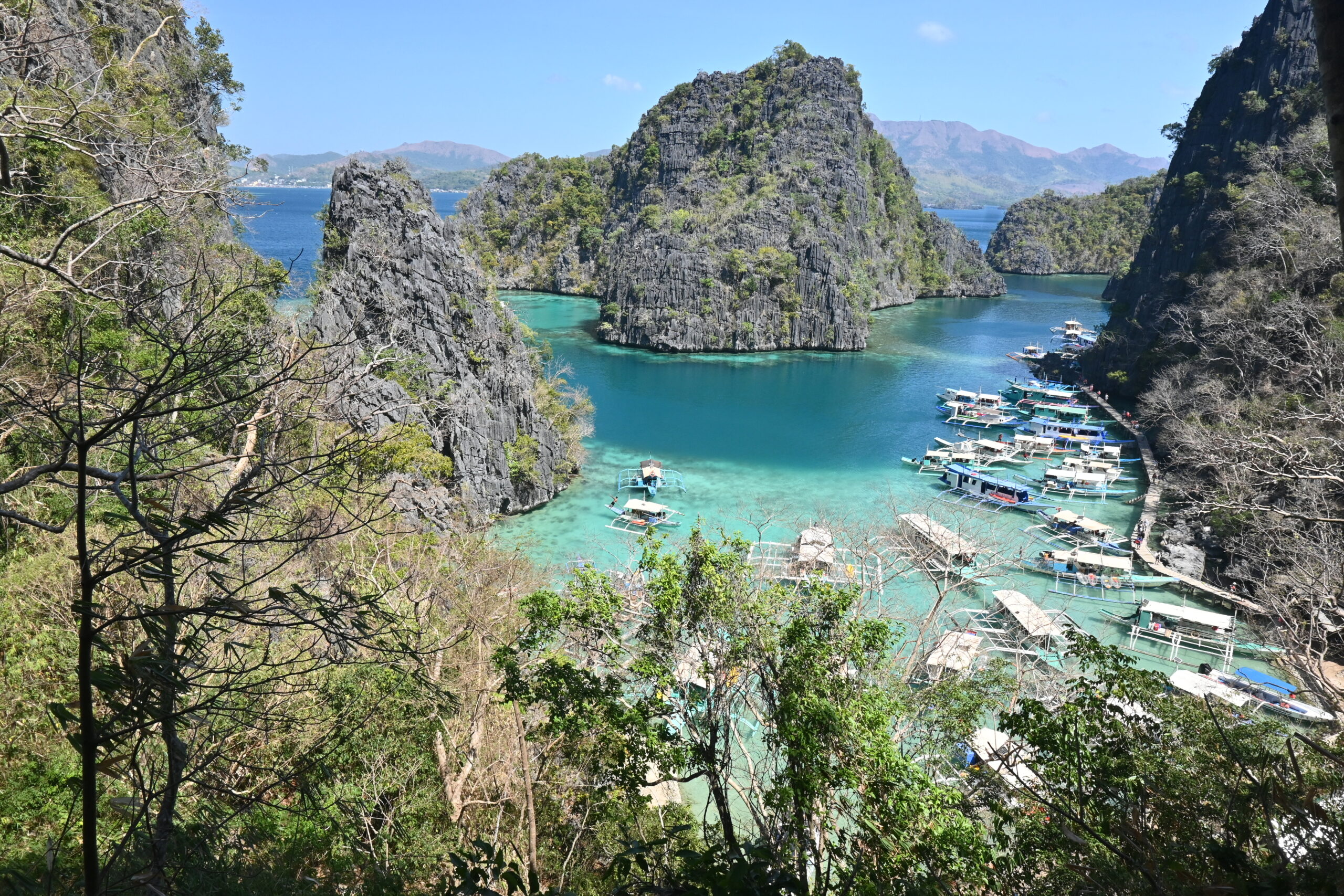The Hairy giraffe… IN THE PHILIPPINES
The Philippines was the fifth stop on our 8-month journey around the world.
The country being made up of over 7,000 islands, we had to make choices. We spent a day in Manila before heading to Coron, El Nido, and Cebu. We prioritized flying (François suffers from seasickness) and made few stops to avoid flight issues (often canceled or delayed in the Philippines) and to take the time to appreciate each place.
How long? We spent two weeks in the Philippines.
When? Late February to early March. We wanted to enjoy mild temperatures. It’s still quite hot during this period (over 30°C), but we avoid typhoons and minimize the risk of rain in the regions we visited. However, we did experience some wind, which can affect water activities (the Coron-El Nido crossings were canceled several days).
Ease of independent travel: 4 giraffes ![]() Flights and ferries connecting the islands are easy to book. However, be aware that some flights are infrequent, so it’s important to plan your itinerary to avoid any surprises. Also, Philippine flights are known for being systematically delayed. On the islands, you’ll have the option to rent scooters (which we didn’t do) or take tricycles, which are motorcycles with a sidecar attached. Prices for tricycle rides are regulated, so you won’t need to negotiate. Grab (the Asian Uber) is also available in Manila and Cebu.
Flights and ferries connecting the islands are easy to book. However, be aware that some flights are infrequent, so it’s important to plan your itinerary to avoid any surprises. Also, Philippine flights are known for being systematically delayed. On the islands, you’ll have the option to rent scooters (which we didn’t do) or take tricycles, which are motorcycles with a sidecar attached. Prices for tricycle rides are regulated, so you won’t need to negotiate. Grab (the Asian Uber) is also available in Manila and Cebu.
Costs: 4 giraffes ![]() The Philippines is not particularly cheap as a destination. Inter-island travel can be quite expensive. You’ll obviously pay more for flights than for ferry rides. Transportation on the islands is also pricey. While Grab is available in cities like Manila and Cebu and offers reasonably priced car rides, it’s different on other islands. In El Nido and Coron, unless you rent a scooter, you’ll have to opt for tricycles. An airport-to-city ride in El Nido (approximately 8 km) will cost you about 80% of what you would pay to cover the same distance in Paris.
The Philippines is not particularly cheap as a destination. Inter-island travel can be quite expensive. You’ll obviously pay more for flights than for ferry rides. Transportation on the islands is also pricey. While Grab is available in cities like Manila and Cebu and offers reasonably priced car rides, it’s different on other islands. In El Nido and Coron, unless you rent a scooter, you’ll have to opt for tricycles. An airport-to-city ride in El Nido (approximately 8 km) will cost you about 80% of what you would pay to cover the same distance in Paris.
When it comes to food, in restaurants in touristy areas, expect to pay French prices for a burger or a pizza.
In terms of leisure activities, the price of tours is quite high and tends to increase rapidly over the years. You’ll also need to pay tourism and environmental taxes. You might also want to rent snorkeling gear or kayaks, which can quickly add up to your bill.
Accommodations are also quite expensive. Of course, you can find dormitories without air conditioning for 12 people in hostels at a low price. However, if you prefer a minimum of comfort, such as a double bed or two twin beds, a private bathroom, and air conditioning (it can get very hot both day and night), you’ll pay approximately the same price as in a medium-sized European city, for a service and amenities quality that is often disappointing, especially in places like El Nido.
Ease of communication: 3 giraffes ![]() In the Philippines, different languages are spoken depending on the region, including Tagalog or Taglish, a mixture of Tagalog and English, in Manila. Most Filipinos will understand your English and respond in the same way. However, the accent, pronunciation, and the fact that many Filipinos speak very softly can make communication difficult at times.
In the Philippines, different languages are spoken depending on the region, including Tagalog or Taglish, a mixture of Tagalog and English, in Manila. Most Filipinos will understand your English and respond in the same way. However, the accent, pronunciation, and the fact that many Filipinos speak very softly can make communication difficult at times.
Safety: 2 giraffes ![]() The feeling of insecurity can be experienced, especially in certain neighborhoods of Manila. Even in “quieter” areas like Intramuros and Pasay, Filipinos tend to carry their backpacks in front of them, and armed security guards stand guard in front of hotels, restaurants, and shopping centers. It’s worth noting that carrying firearms is allowed. Some regions of the country should also be avoided due to terrorism concerns.
The feeling of insecurity can be experienced, especially in certain neighborhoods of Manila. Even in “quieter” areas like Intramuros and Pasay, Filipinos tend to carry their backpacks in front of them, and armed security guards stand guard in front of hotels, restaurants, and shopping centers. It’s worth noting that carrying firearms is allowed. Some regions of the country should also be avoided due to terrorism concerns.
Personally, sticking to the tourist circuits, we didn’t really feel unsafe. Nothing comparable to our trip to Brazil, but it’s better to exercise caution (for example, preferring Grab over taxis and opting for hotels with a safe in the rooms).
Natural risks (cyclones, earthquakes, and volcanic activity) should not be neglected.
Health: 1 giraffe ![]() If the streets, parks, and hotels are relatively clean, food hygiene often leaves something to be desired. Many Google reviews of restaurants in Manila, Coron, El Nido, or Cebu report signs of food poisoning. Meats and fish in markets and small restaurants are sometimes stored at room temperature (around 30 degrees Celsius). It’s better to be cautious.
If the streets, parks, and hotels are relatively clean, food hygiene often leaves something to be desired. Many Google reviews of restaurants in Manila, Coron, El Nido, or Cebu report signs of food poisoning. Meats and fish in markets and small restaurants are sometimes stored at room temperature (around 30 degrees Celsius). It’s better to be cautious.
Gay friendly : 2 giraffes ![]() The LGBT+ population has very few rights in the Philippines. While discrimination based on sexual orientation is prohibited in some regions and major cities, it is not officially banned nationwide. It’s better to be discreet.
The LGBT+ population has very few rights in the Philippines. While discrimination based on sexual orientation is prohibited in some regions and major cities, it is not officially banned nationwide. It’s better to be discreet.
Travel ease: 3 giraffes ![]() Indeed, while organizing a trip to the Philippines may not be too challenging, transportation can be complicated at times, and travelers may encounter numerous small difficulties, such as communication barriers, additional taxes, food hygiene issues, etc.
Indeed, while organizing a trip to the Philippines may not be too challenging, transportation can be complicated at times, and travelers may encounter numerous small difficulties, such as communication barriers, additional taxes, food hygiene issues, etc.
Highlights: ![]() The sea and mountain landscapes of El Nido and Coron
The sea and mountain landscapes of El Nido and Coron
Letdowns: ![]() Mass tourism in the islands, the proliferation of taxes, the limited protection of coastal areas and marine life (although progress seems to have been made in recent years), the lack of cultural attractions (few museums and a strong Americanization of daily life), and the food, which is generally greasy, salty, sweet, and Americanized.
Mass tourism in the islands, the proliferation of taxes, the limited protection of coastal areas and marine life (although progress seems to have been made in recent years), the lack of cultural attractions (few museums and a strong Americanization of daily life), and the food, which is generally greasy, salty, sweet, and Americanized.
Check out our Travel Reflections articles on the Philippines:
TWO-WEEK ITINERARY IN THE PHILIPPINES
Here is the detailed itinerary of our two weeks in the Philippines:
Day 0: A flight of just over 2 hours and 30 minutes from Taipei. We arrive at our hotel in Manila in the late afternoon.
Day 1: We start the day with a visit to the Intramuros district, one of the few places of cultural interest as the city was almost entirely destroyed at the end of World War II. There are monuments from the Spanish colonial era. The similarities with South America are striking. The architecture and ambiance remind us more of Peru than Southeast Asia.



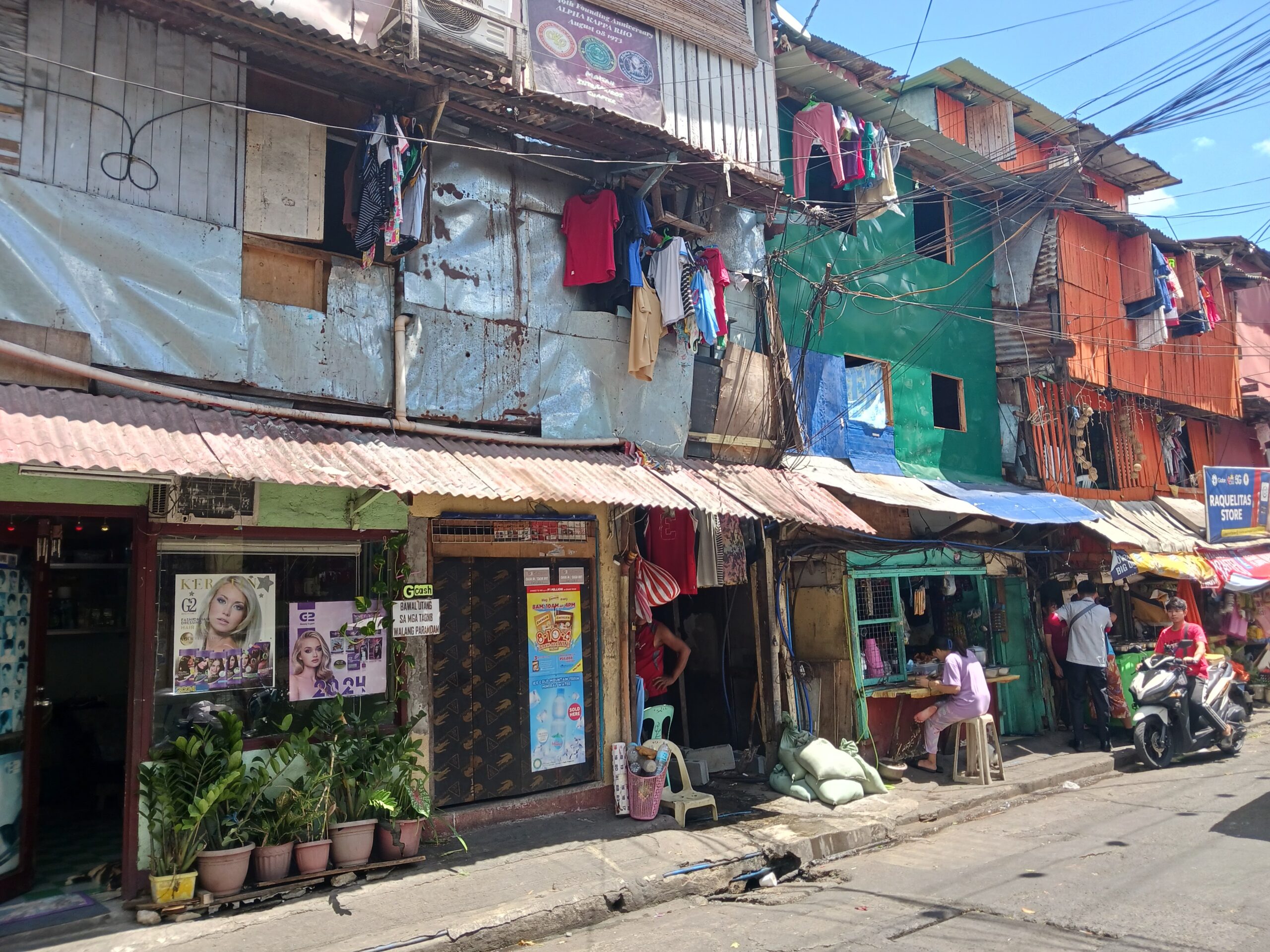

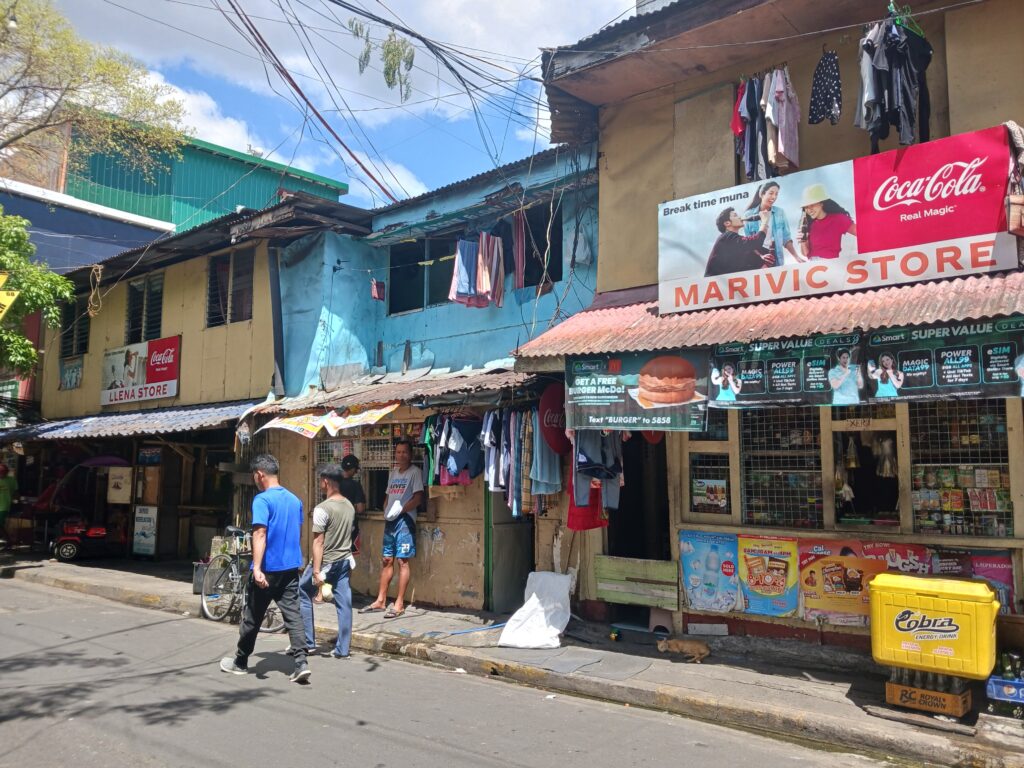
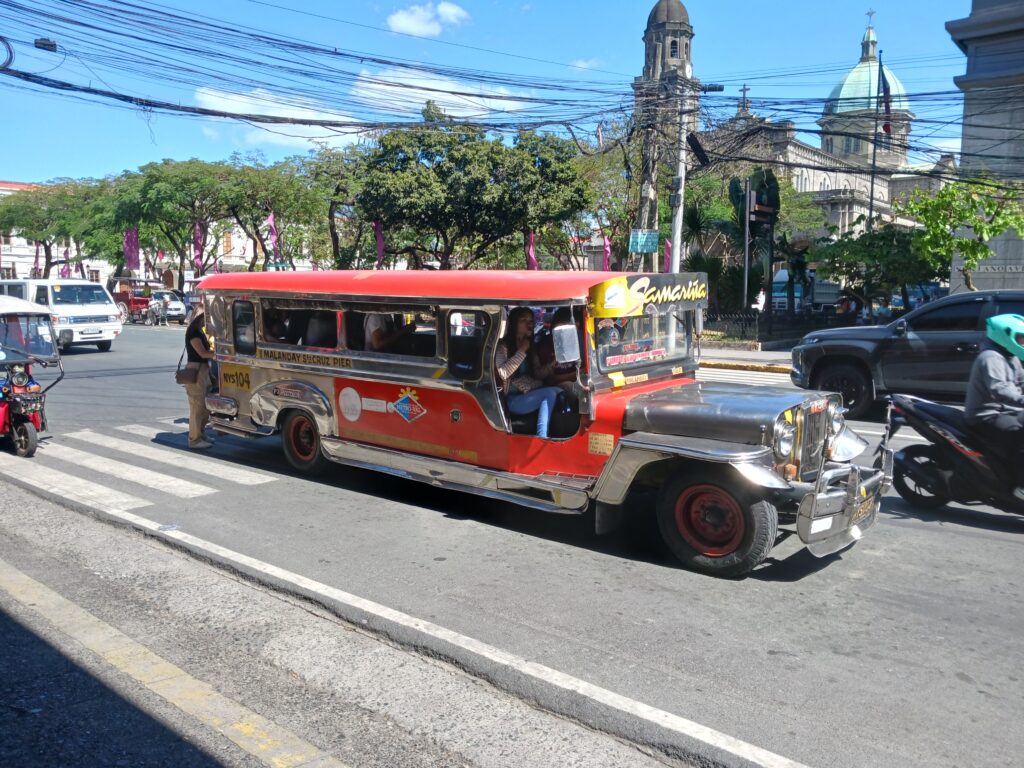
We visit the Saint Augustine Church, Manila Cathedral, and Fort Santiago. The latter explains the atrocities inflicted by the Japanese on the people of Manila during World War II. It’s a part of history that was unknown to us.


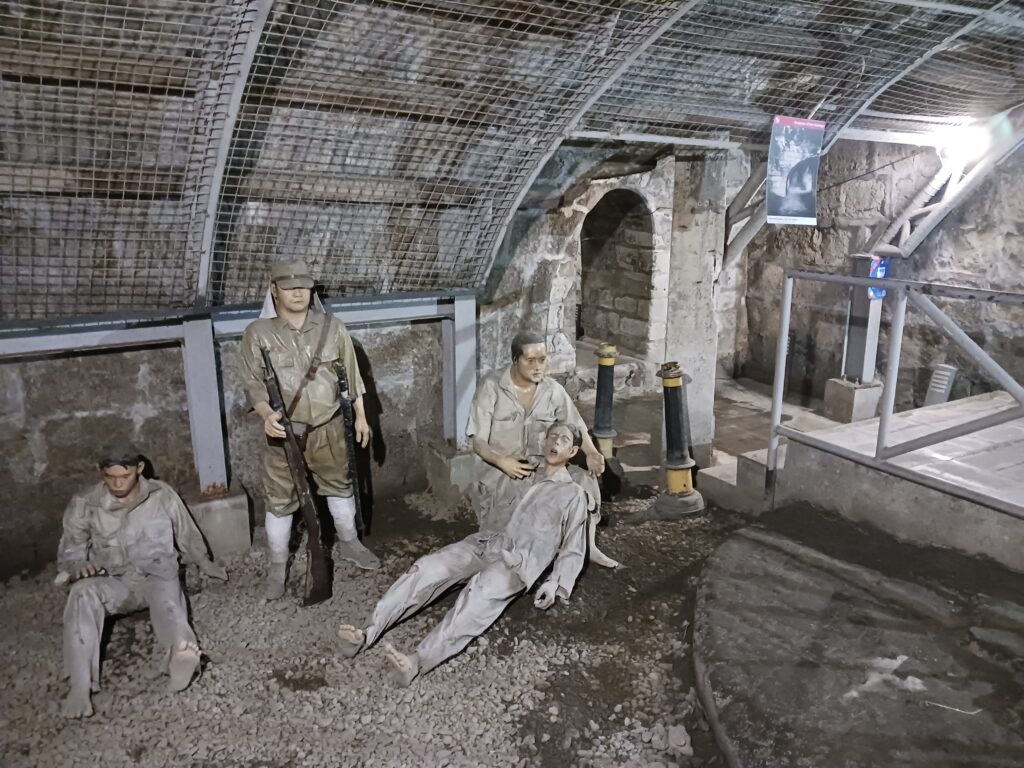
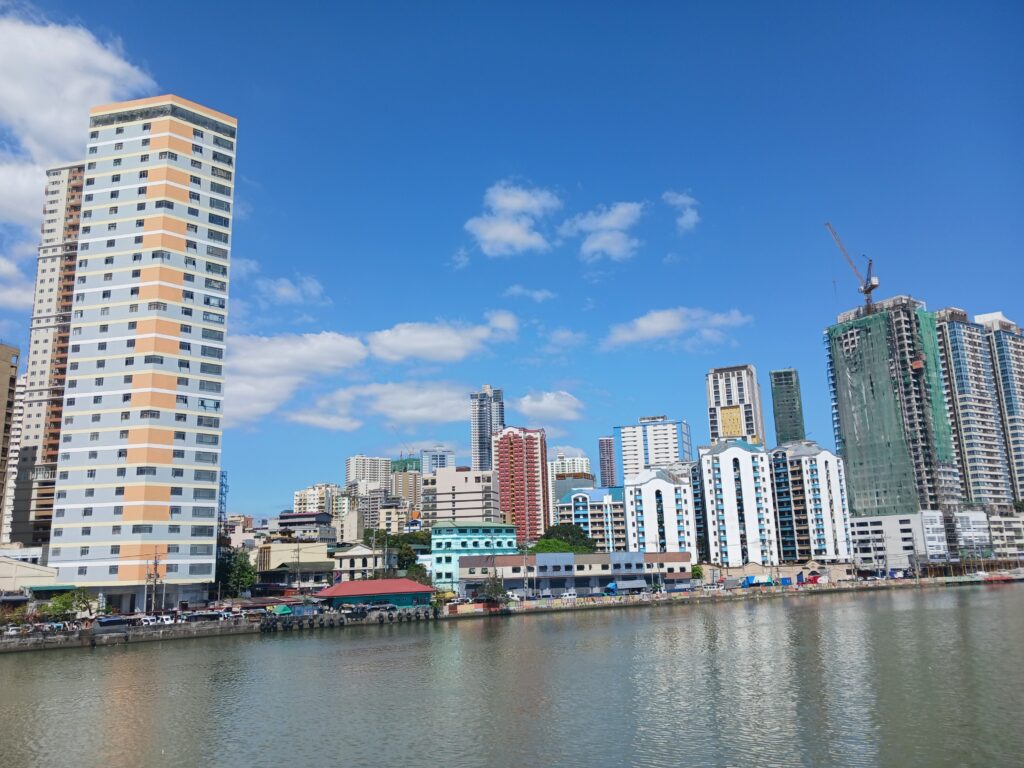
We spend the afternoon at the hotel pool after a stop at… a Tim Hortons! Yes! After the United Arab Emirates, it’s in the Philippines that we find the famous Canadian donuts!
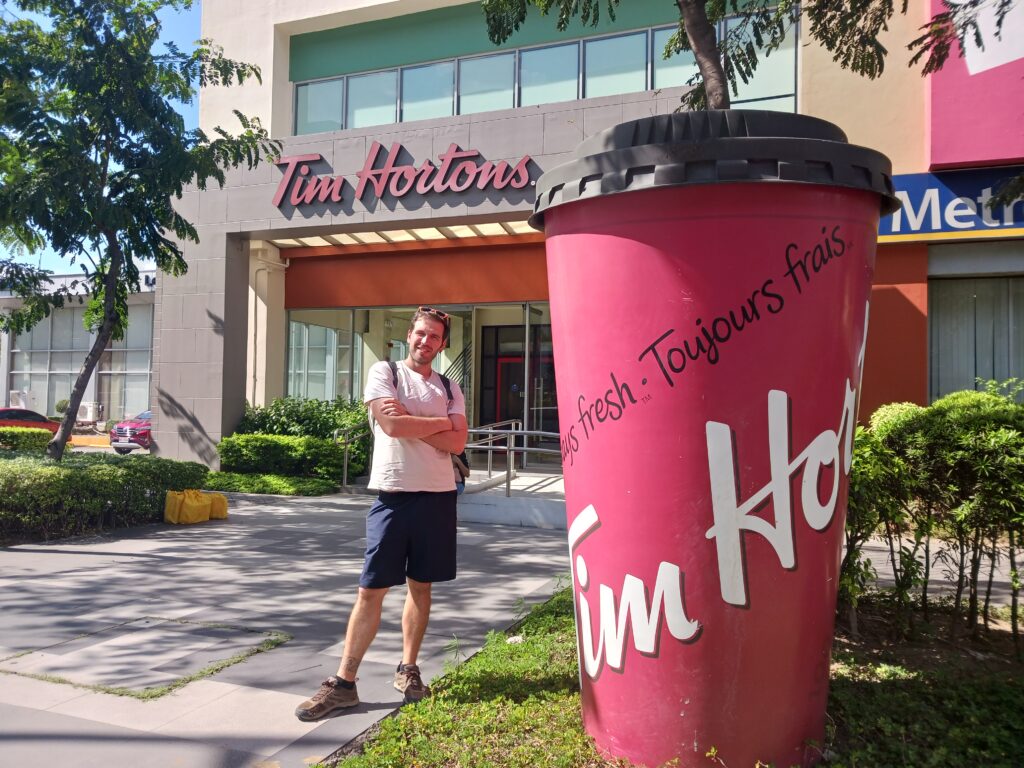
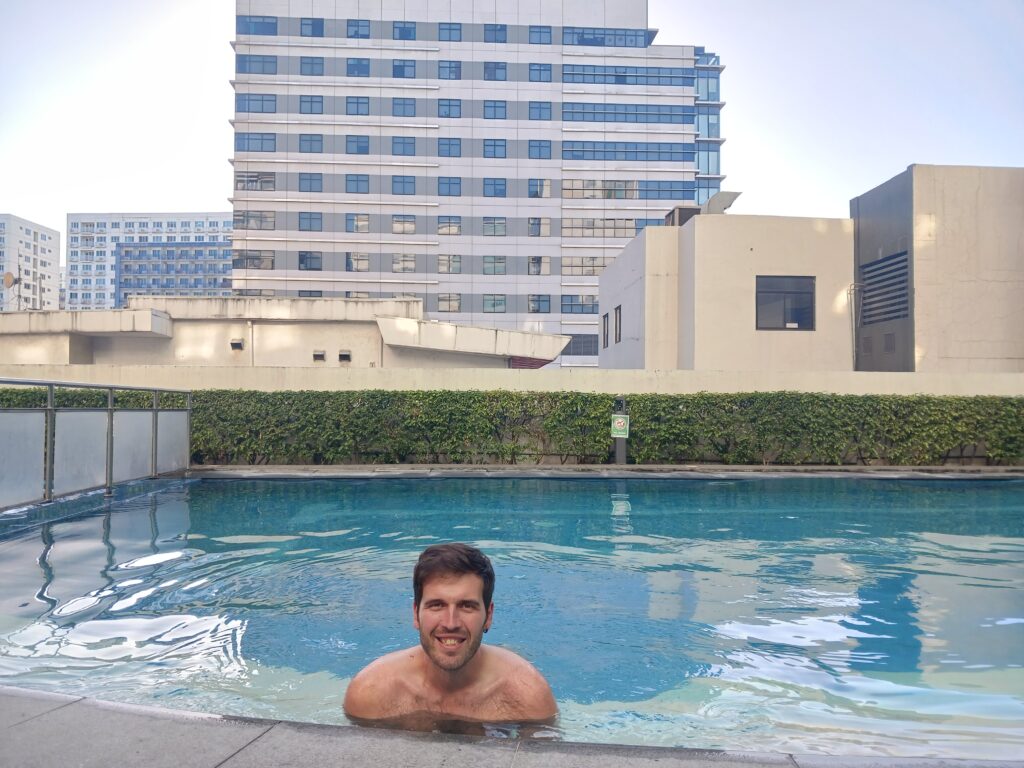
In the evening, we go to the Mall of Asia to buy snorkeling gear (from Decathlon, to remind us of home) essential for the rest of our stay. We dine at a Filipino restaurant chain and taste halo-halo, a traditional dessert made of crushed ice, condensed milk, taro ice cream, and other ingredients like sweet beans or jellies. Unusual but not bad.


Day 2: Our first uncomfortable domestic flight to the island of Coron takes about an hour. We spend the afternoon by the pool and book our first boat tour for the next day. In Coron, the most well-known tours are A and B. Regardless of who sells them, they are all identical and include lunch, snacks, as well as hotel transfers. Only the price may vary and can sometimes double. It’s also worth noting that in the Philippines, tours are typically designed for 15 to 25 people.
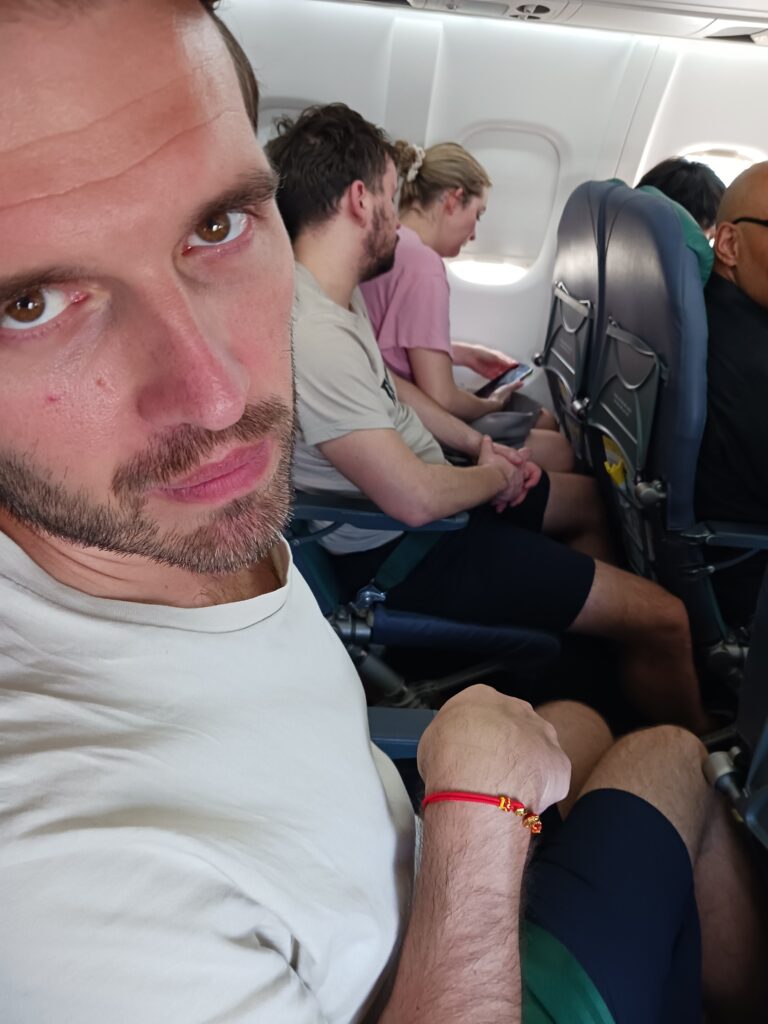

Day 3: We embark on tour A, spending the day with 19 other people. We’ll visit Kayangan Lake, Coral Island, and CYC Beach.

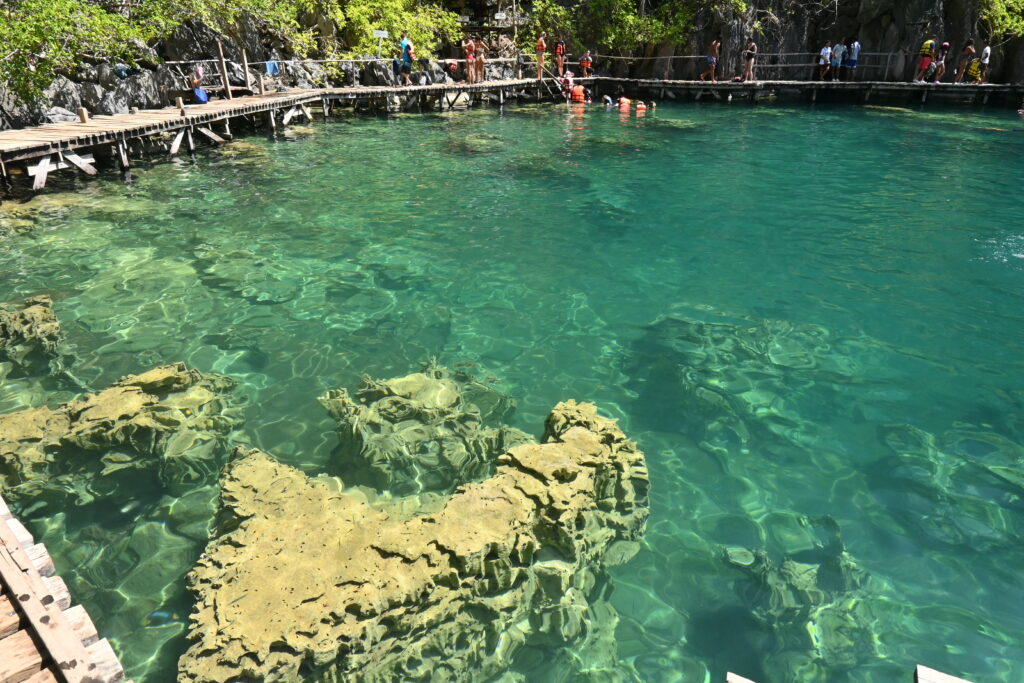
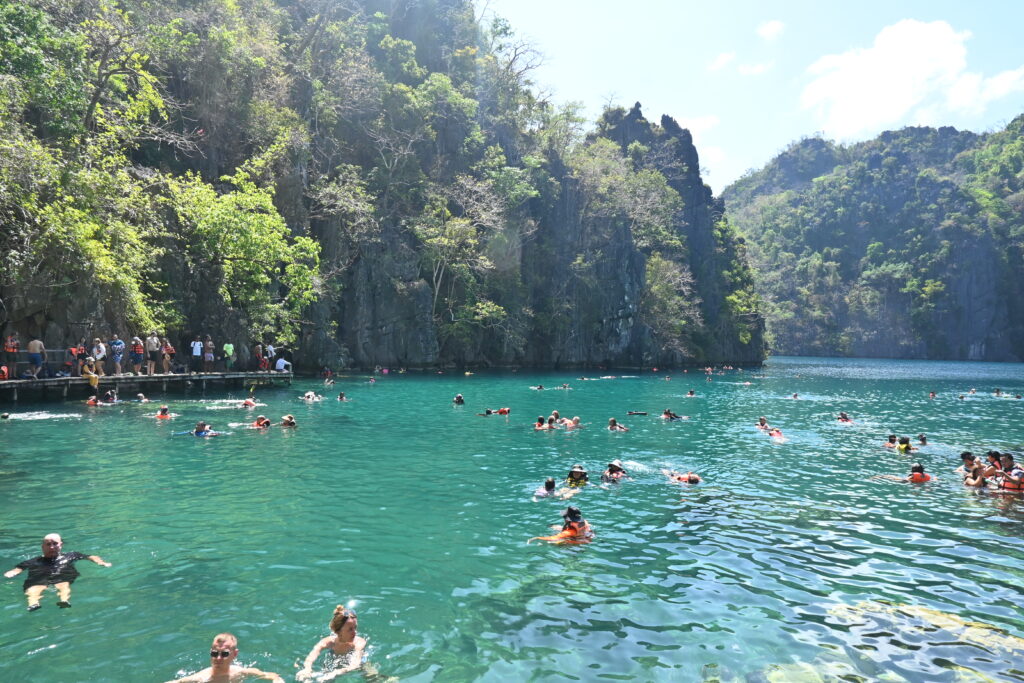
The view of the bay from the path leading to the lake is impressive.

A buffet meal (rice, noodles, fish, shellfish, etc.) will allow us to rest, as the strong wind agitates the sea, making the journey less pleasant and snorkeling less interesting.


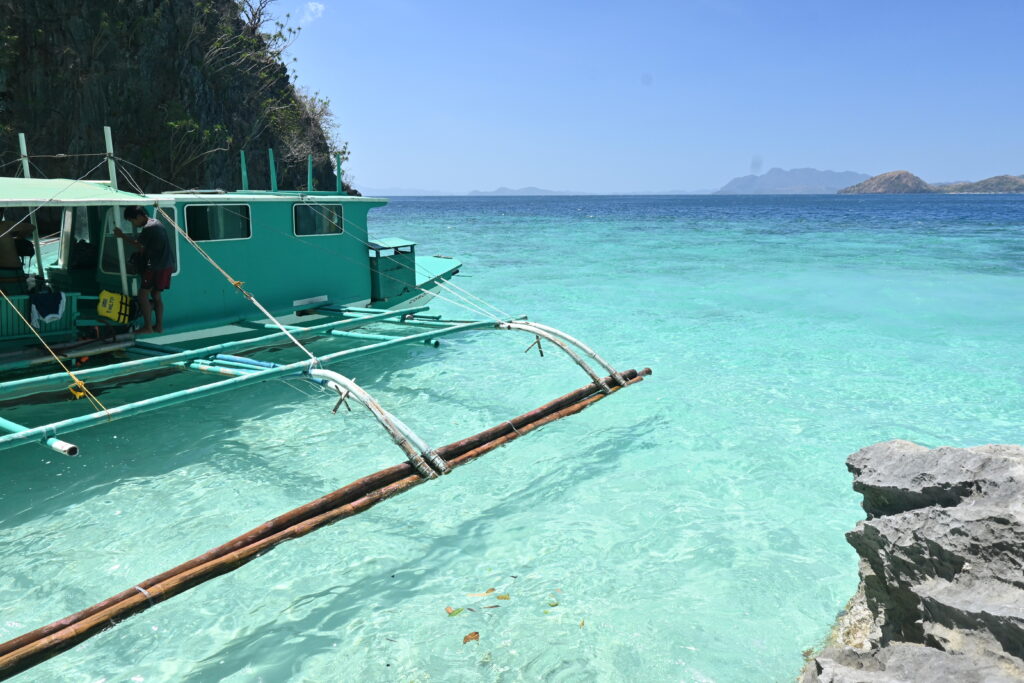
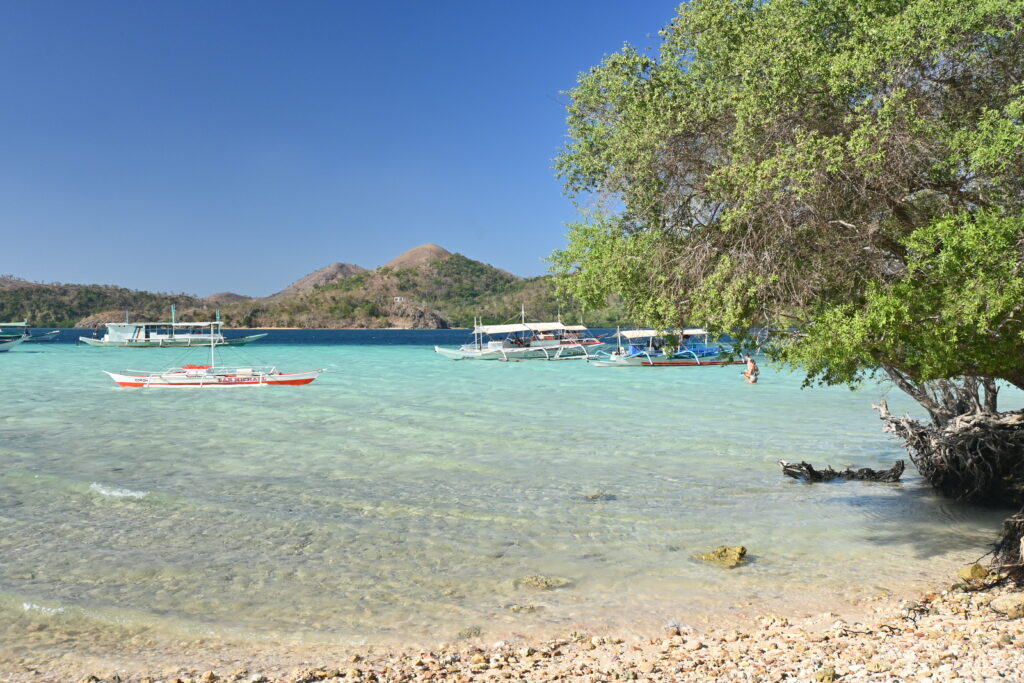


Day 4: Today we embark on tour B. In the end, we are only 16 clients, so it will be a bit more intimate than yesterday. We visit the Twin Lagoon, the Skeleton Wreck, a coral garden, and Barracuda Lake.
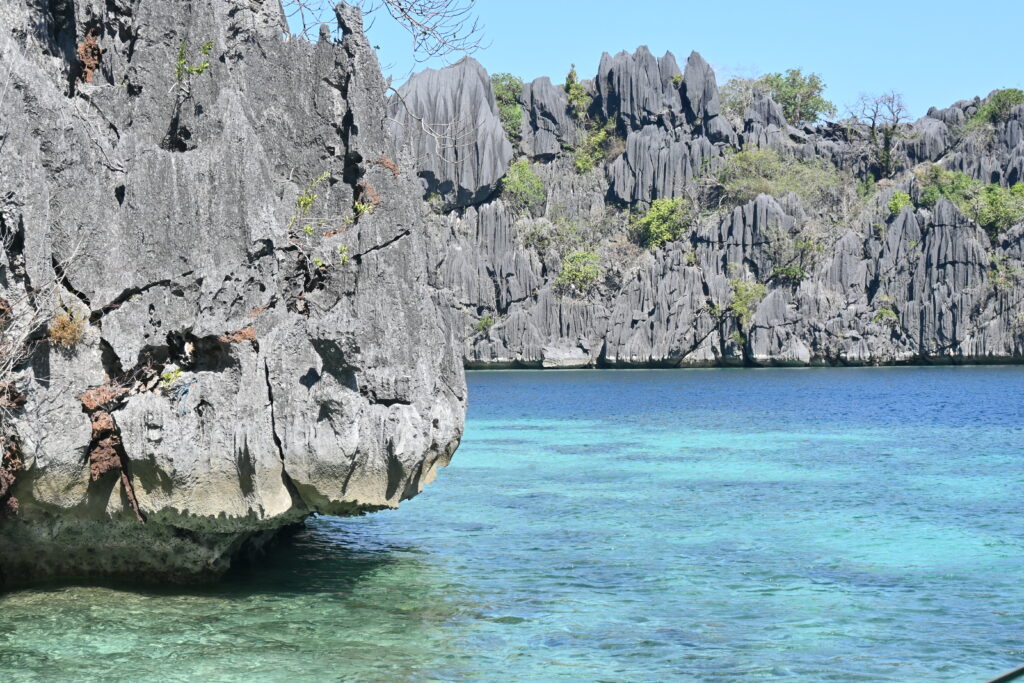
The lagoon is very beautiful and the experience is playful: you access it by swimming. However, you have to zigzag between the canoes present.






The Skeleton Wreck allows us to see several fish as well as the wreck of a World War II ship. Snorkeling at the coral garden was simply splendid. Several jellyfish were present, but the guides assured us that they were harmless.


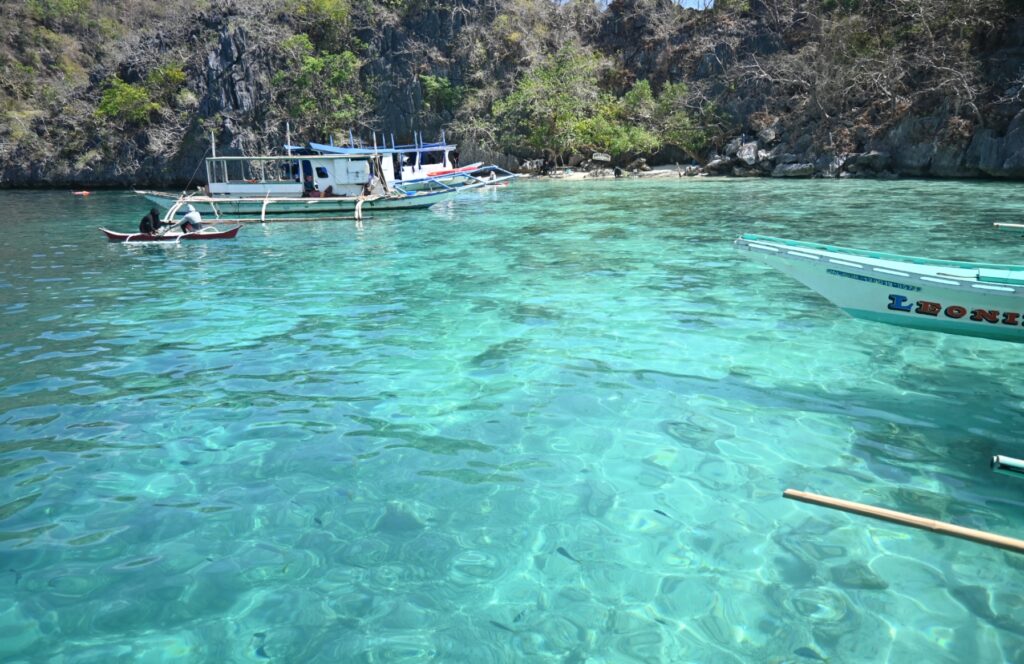
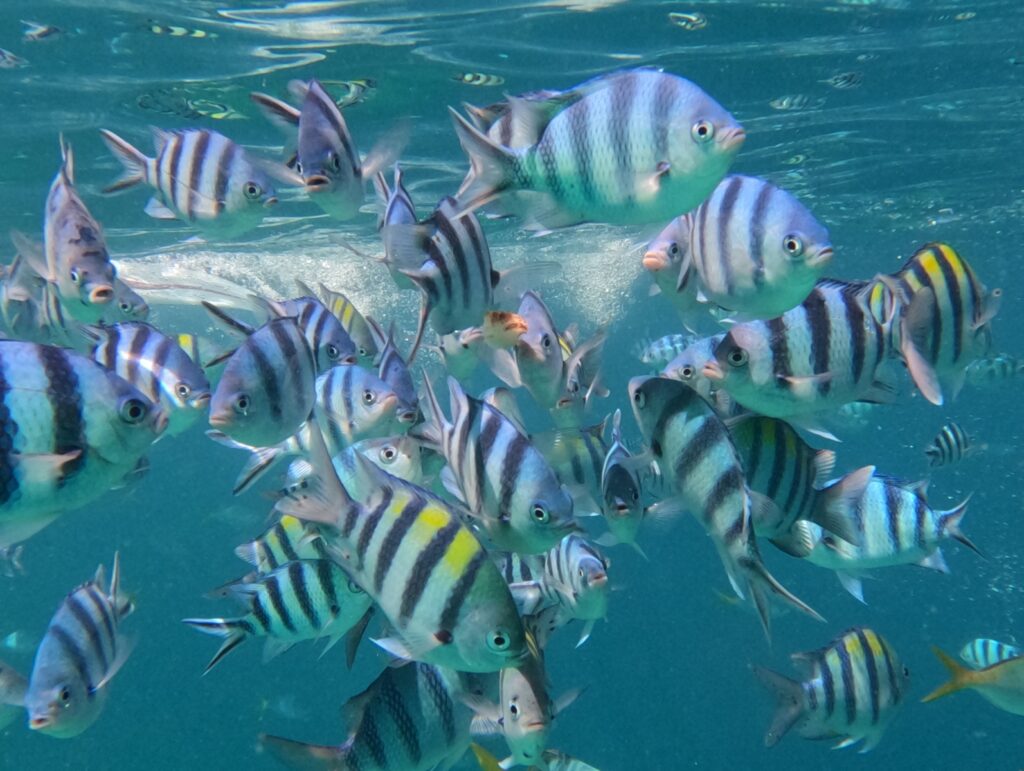
These two tours made in Coron will have shown us the most beautiful landscapes and the most interesting marine life of our stay in the Philippines. If we had to choose between Coron and El Nido, the first would be our preference.
Day 5: In the morning, we set out to explore the town of Coron. We pass through the market, which is not very lively at this time of the day. A few stalls offer fruits and vegetables that seem to have seen better days, and meats and fish are laid out directly on the table. The lack of refrigeration and the surrounding 30-degree heat stifle our desire to buy anything…
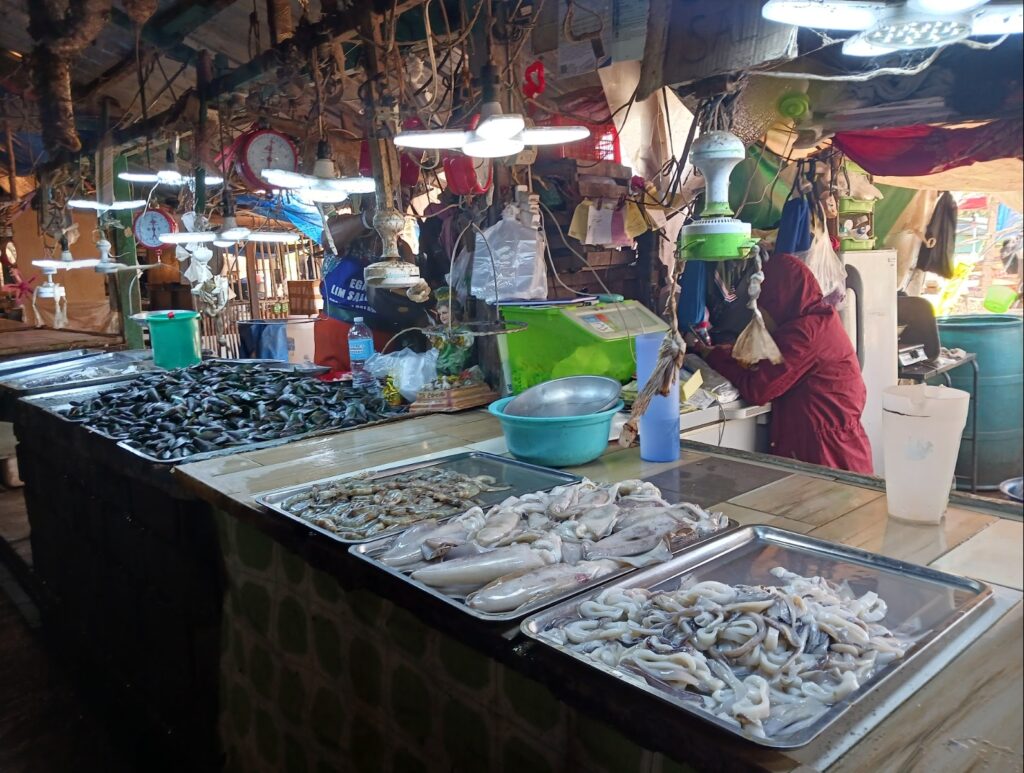

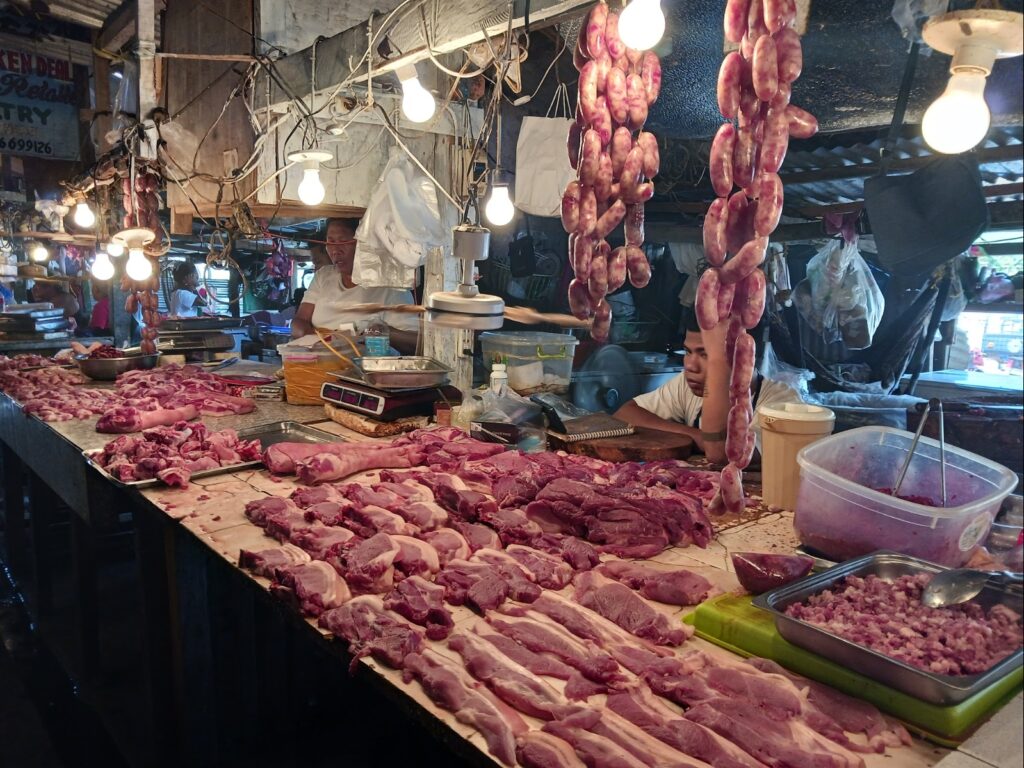
We continue our walk to Saint Augustine Church, a charming little colonial church.

After buying a few trinkets in the souvenir shops, we return to enjoy the pool.



We Skype in the evening with family to celebrate our two months of travel (yes! It’s already been two months since we left and started traveling the world).
Day 6: A 40-minute flight takes us to El Nido. We spend the afternoon at the hotel, where we book our excursion for the next day.

We also do some shopping in town. The city doesn’t really have much to offer. It’s entirely geared towards passing tourism. Back at the hotel overlooking Corong Corong Beach, we enjoy the beautiful sunset over the distant mountains.

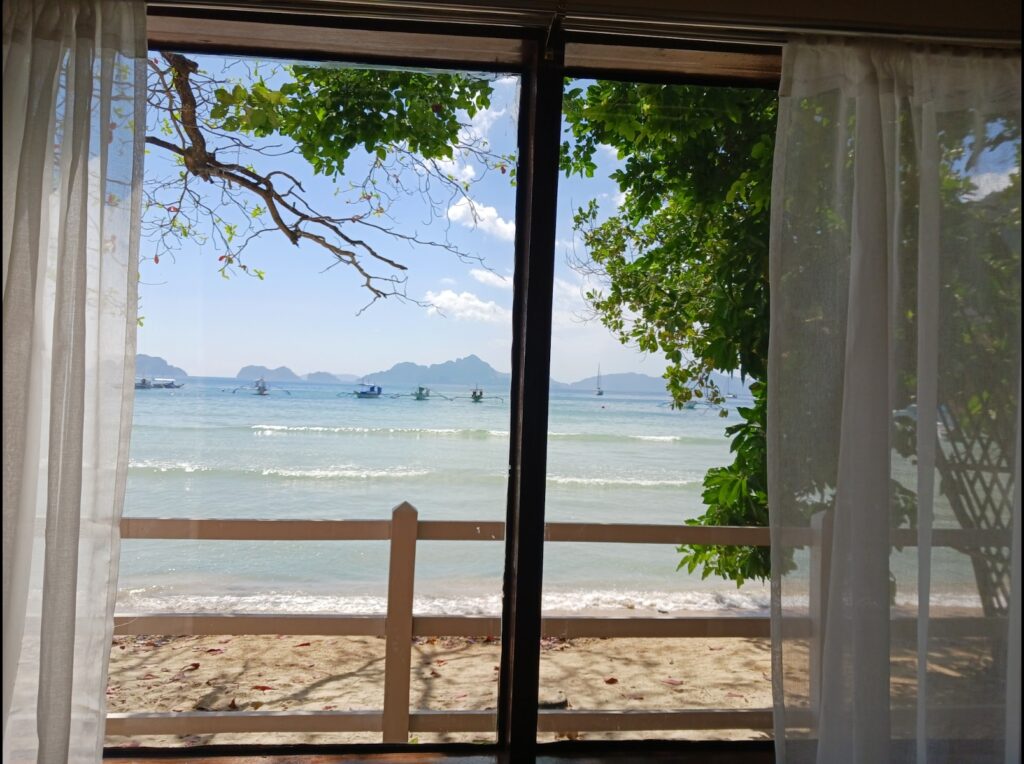
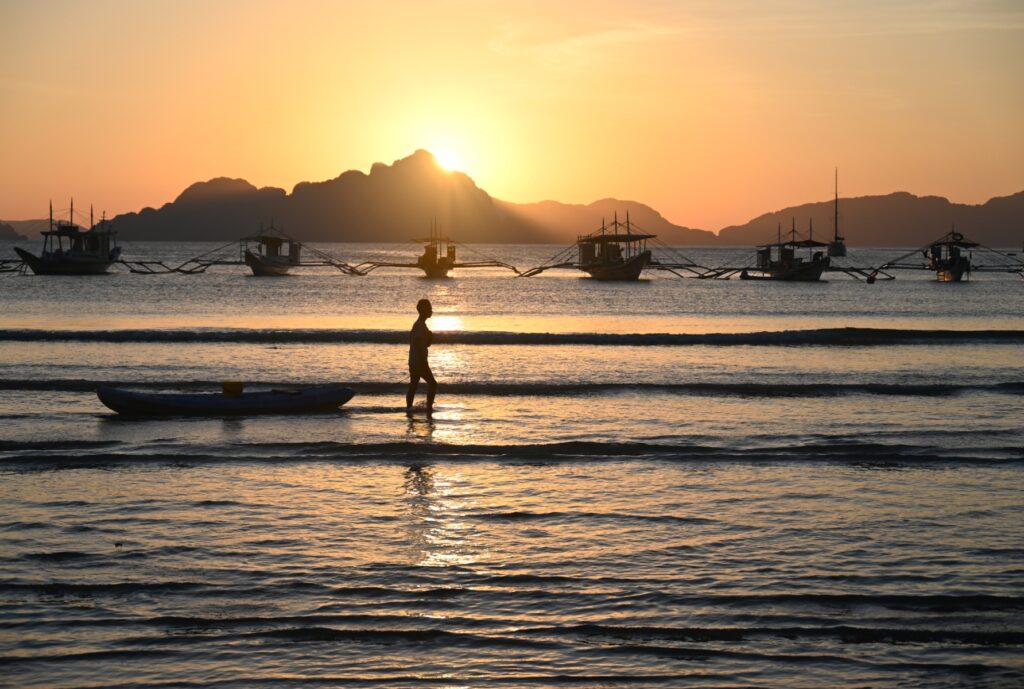

Day 7: Just like in Coron, El Nido offers boat tours to explore the surroundings. They are all identical and numbered 4 (A, B, C, and D).
We embark on tour A. Right from the start, we can tell that the organization is less efficient than in Coron. Here, we swim to reach the boat. There’s no way to get on board without getting wet. The advantage is that the tour starts from Corong Corong Beach, right in front of our hotel. The day’s itinerary includes Seven Commandos Beach, Shimizu Island, a snorkeling spot, the Secret Lagoon, and the Big Lagoon.


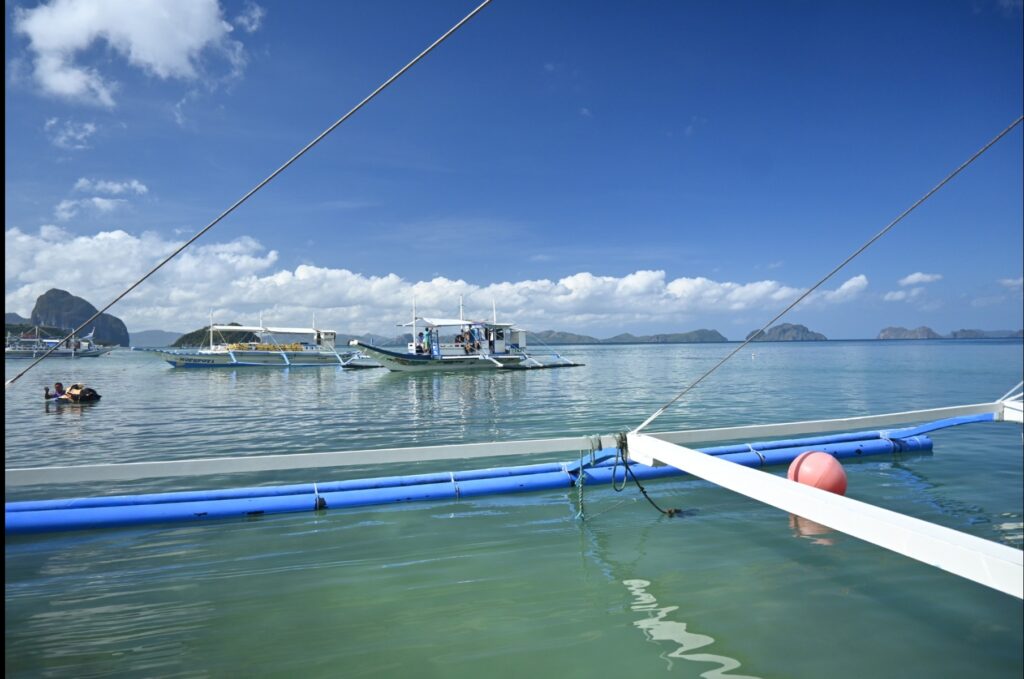
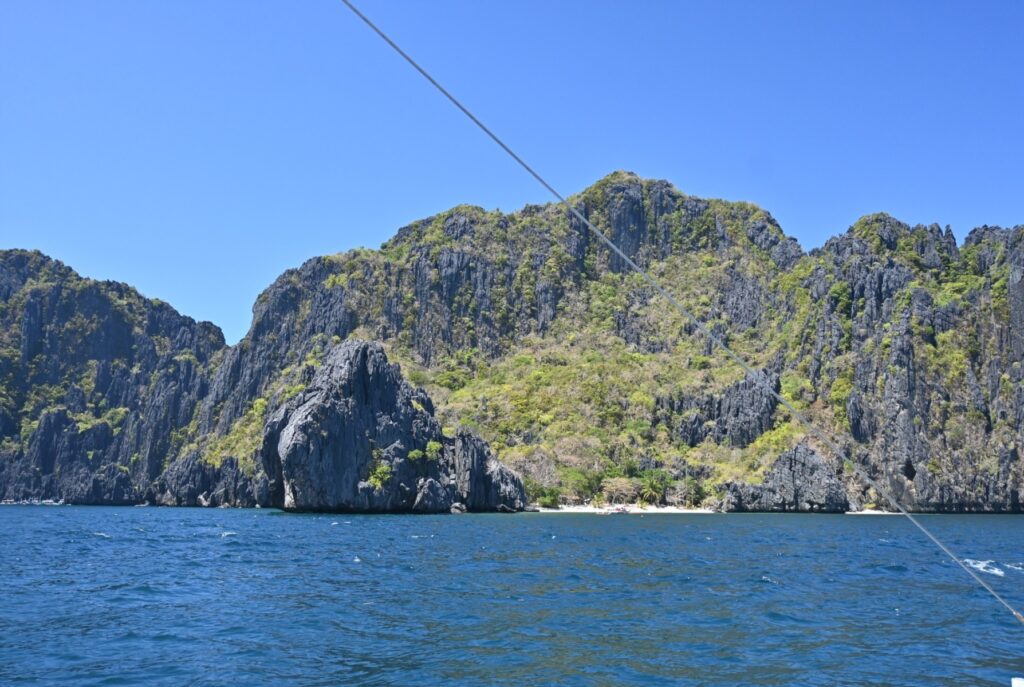
Seven Commandos Beach is stunning. There aren’t many people when we arrive, but it fills up very quickly as boats arrive one after the other. It’s worth noting that it’s not a very large beach, and it can quickly feel overcrowded. Like at every stop of the day, we only have 30 minutes to enjoy this stop.
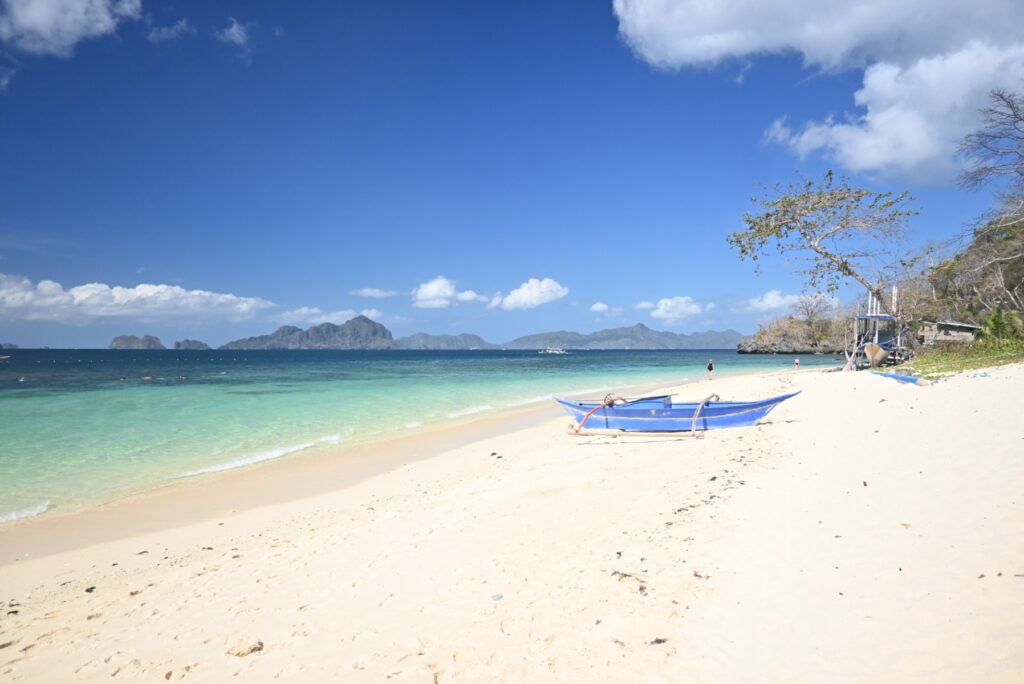

We then head to Shimizu Island for lunch. Again, there are many people. Thirteen boats carrying at least 20 tourists each anchor nearby. We’ll eat sitting in the sand in the shade of a coconut tree because seating is charged extra!



We then go snorkeling. The spot where the boat stops is not very interesting. The corals are almost all dead and white. Marine life is not really there. We get back on the boat disappointed to have seen nothing and sad about the fate of marine life.
Off to the Secret Lagoon… which will remain a secret for the entire boat. Access to the lagoon is through a hole carved in the rock. While it’s relatively easy to access at low tide, at high tide, it’s a different story. The entrance is completely flooded, forcing tourists to swim underwater to get there. And the current makes the passage very dangerous. None of our boat members wanted to take the chance… If some of you are wondering why our guides didn’t take us there earlier in the day when the tide was low, know that we asked ourselves the same question. François then questioned a guide about it, who responded that there were too many people in the morning… We admit we would have preferred to wait a bit but still be able to see the lagoon!
Last stop: the Big Lagoon. To enjoy the stunning scenery the lagoon offers, we have to rent a kayak, which is not included in the tour price. Fortunately, the scenery is worth it even though the ride isn’t very long.


We’ll finish this first day of the tour in El Nido with a feeling of not having seen as much as we hoped. The fact that we only had 30 minutes at each stop (1 hour for the Big Lagoon) and didn’t get to see the Secret Lagoon makes the experience a bit mixed.
We watch the sunset, soda in hand, from our terrace.
Days 8-10: Still very disappointed by our organized tour experience from the previous day, we rethink our plans for our stay in El Nido. No more tours, hello independent exploration. We rent a kayak on the beach in front of our hotel and it’s with effort that we make our way to the nearby beaches.

So, we spend these three days basking on the sands of Lapus Lapus and Papaya beaches. We spend most of our time on the latter as it offers a rather interesting snorkeling spot. Among other things, we will have the incredible chance to swim there with a green sea turtle over a meter long. A magical moment.
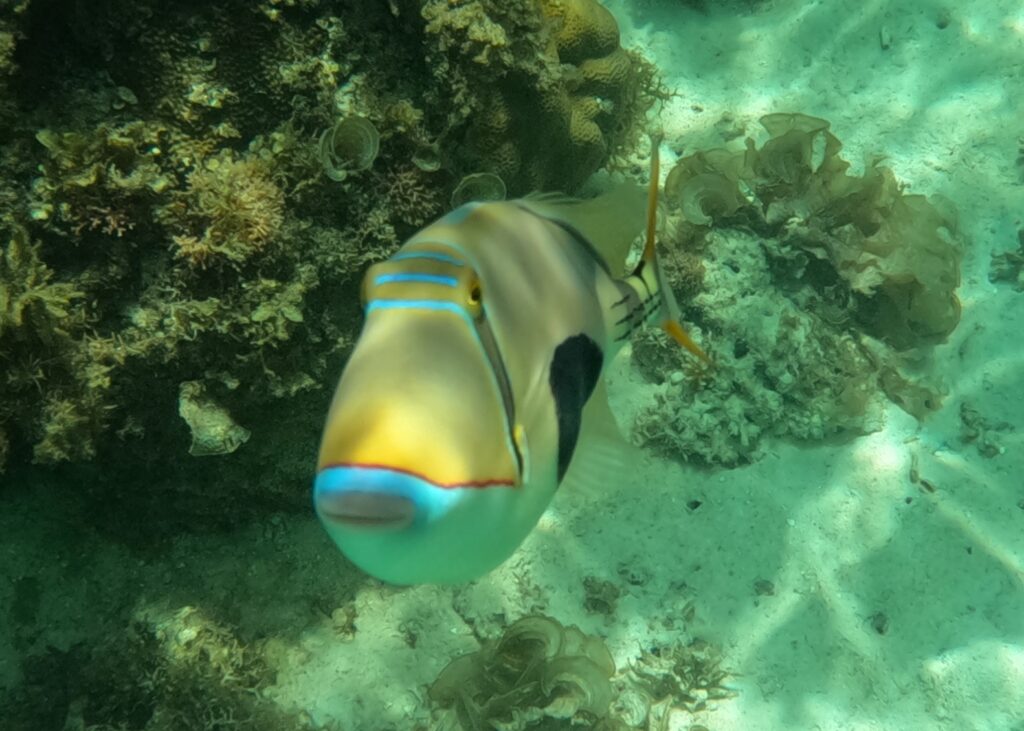
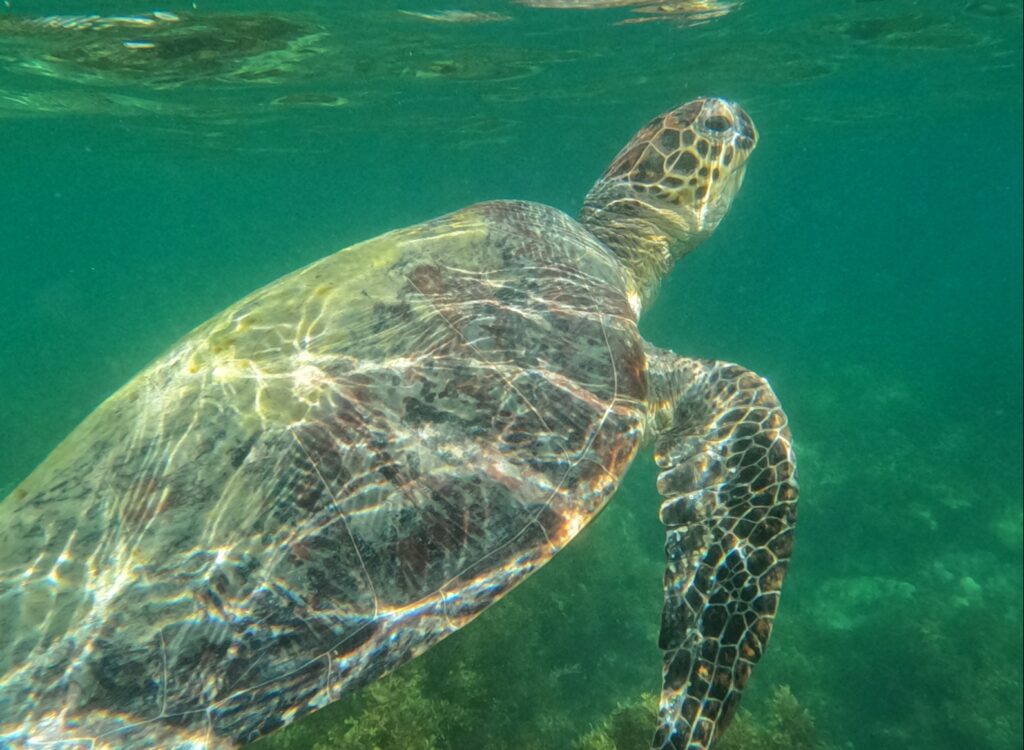

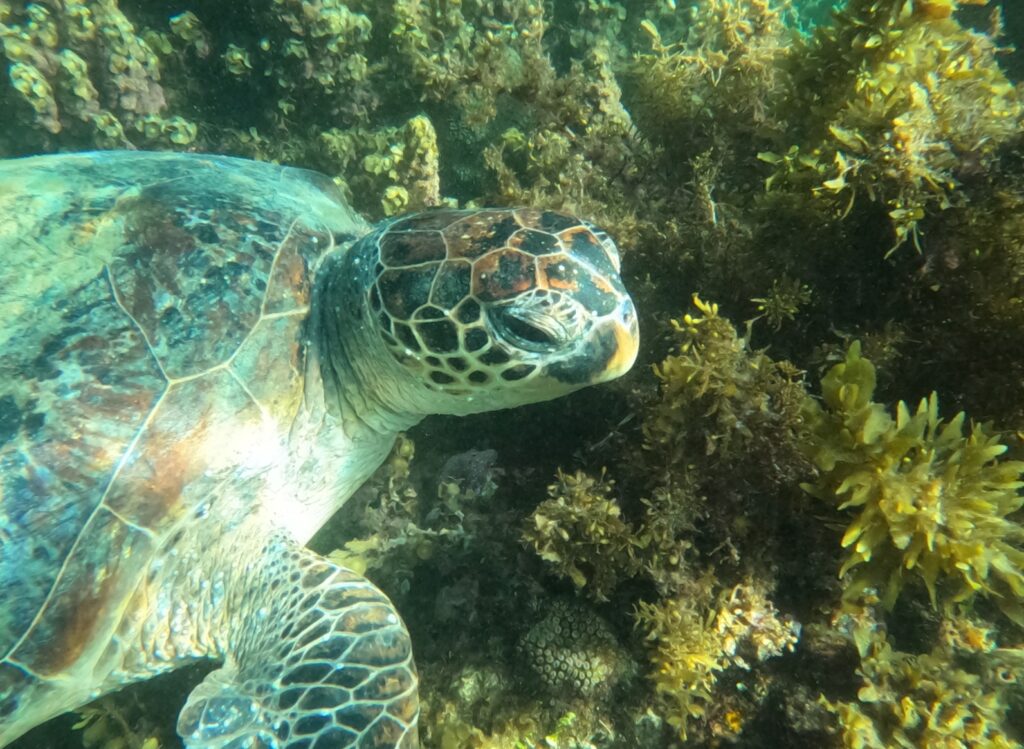
The advantage of these beaches is that the tours stop there very little. They are not deserted, but the number of kayakers remains low compared to the crowds at the beaches and lagoons visited by the tours. And these beaches are just as beautiful as the more crowded ones.


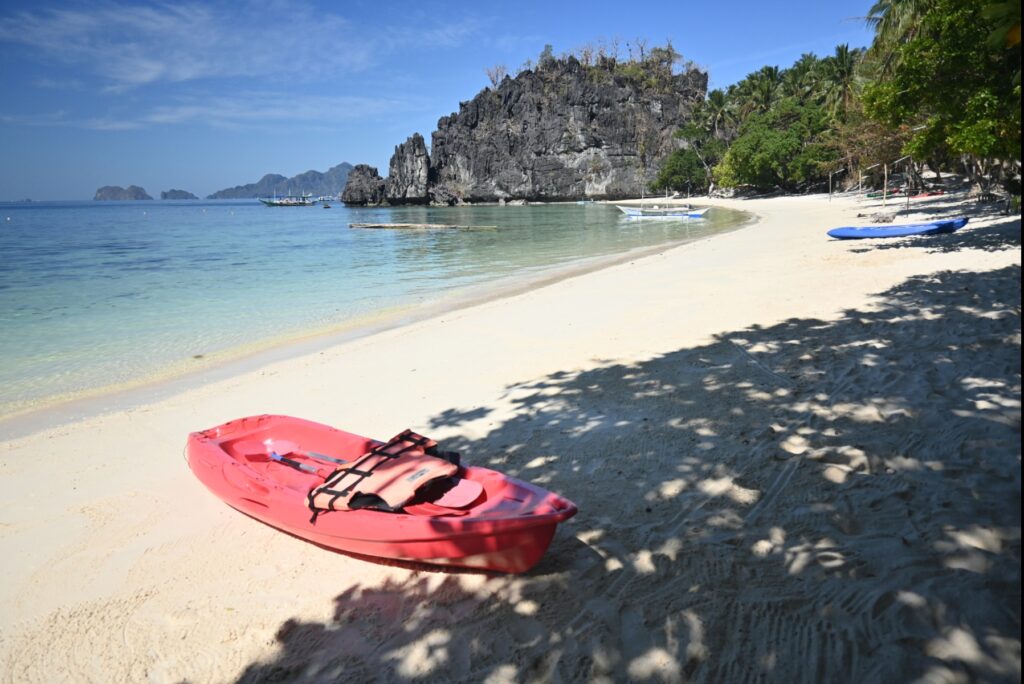
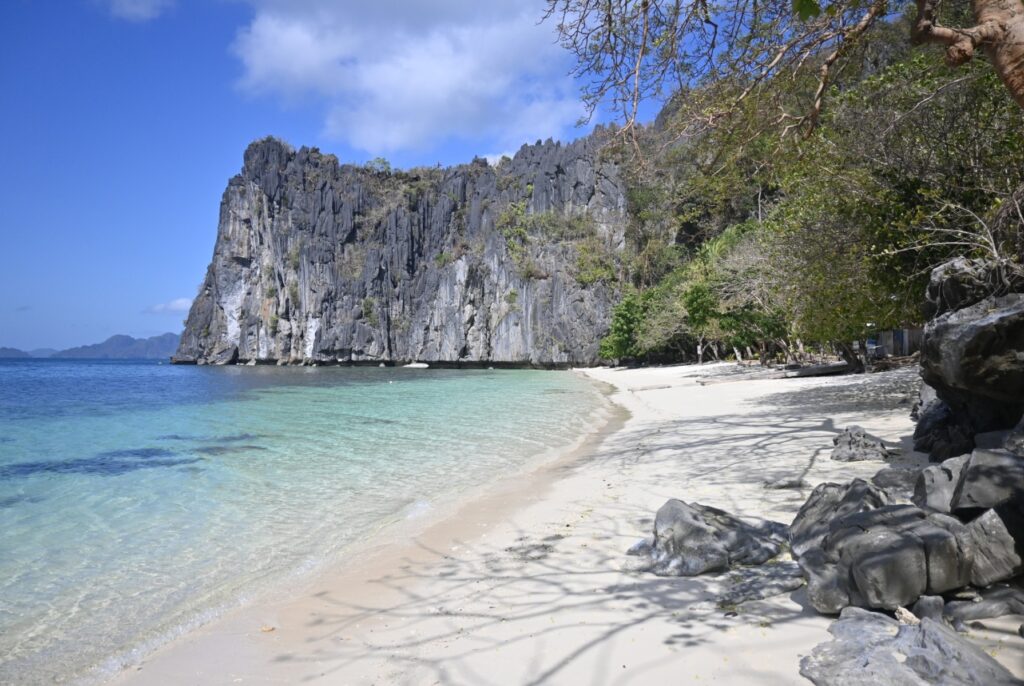
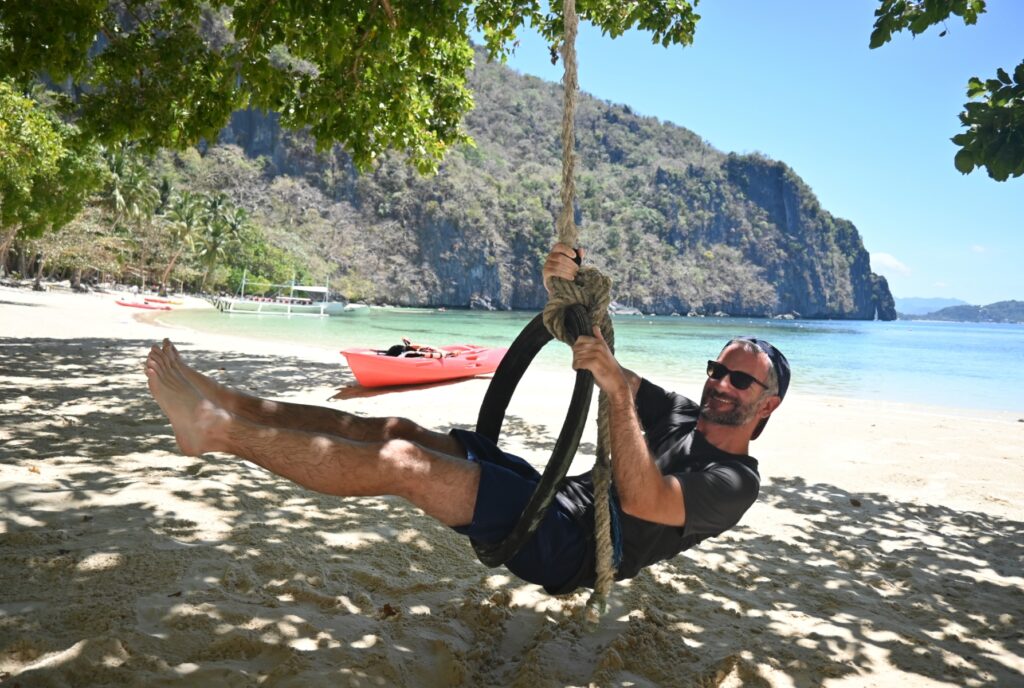
Day 11: A 1-hour and 30-minute flight takes us to Cebu, the last destination of our trip to the Philippines. We spend the rest of the day at the hotel.


Day 12: We take a Grab to explore the historic center of Cebu. It drops us off in front of Casa Gorordo, a charming house from the Spanish colonial era that can be visited with a free audioguide (tablet). While the ground floor is less interesting and mainly concerns storage spaces and livestock storage, the upper floor is much more captivating. Period furniture, paintings, and accessories create a pleasant atmosphere that helps understand the lifestyle of the inhabitants of this house. By listening to all the audio tracks, we spend a little over an hour in this residence.
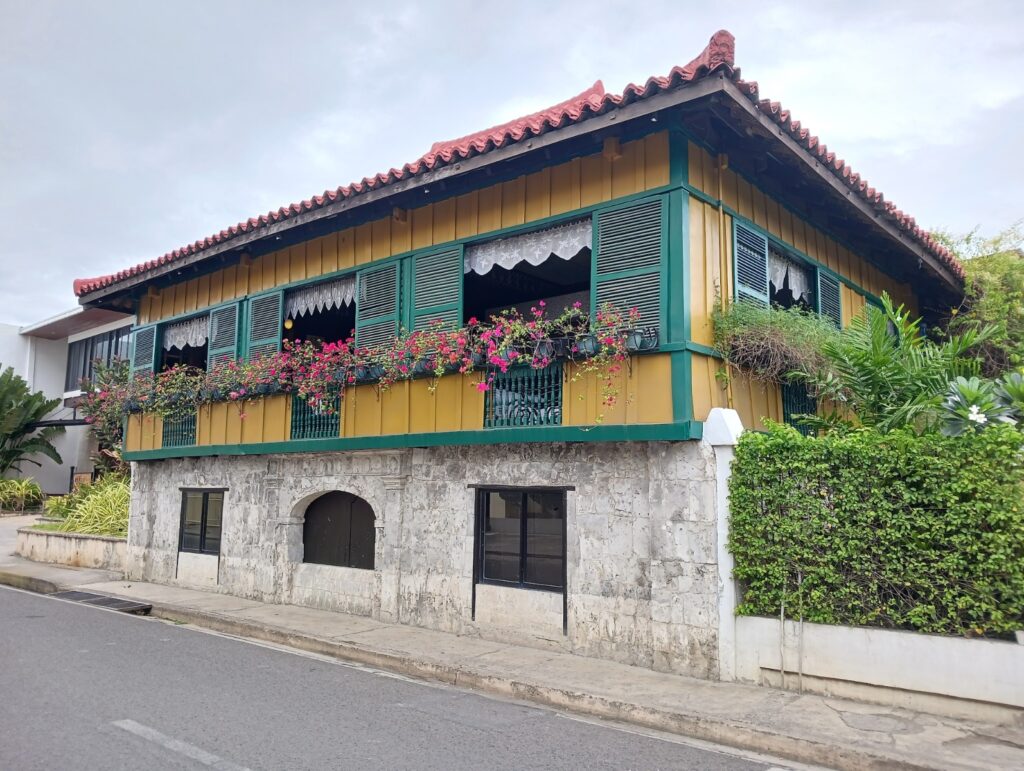


On the way, we pass by the Metropolitan Cathedral of Cebu. We can only photograph its facade as a wedding is taking place inside.

We then go to see the Magellan’s Cross. It’s a replica of the cross planted by the Spanish explorer during his discovery of the Philippines and his arrival in Cebu.

We then head next door to the Basilica Minore del Santo Niño. The architecture is surprising: an open-air esplanade with steps is in its center. It seems to be used for religious ceremonies. Inside, the choir wall is filled with representations of saints.
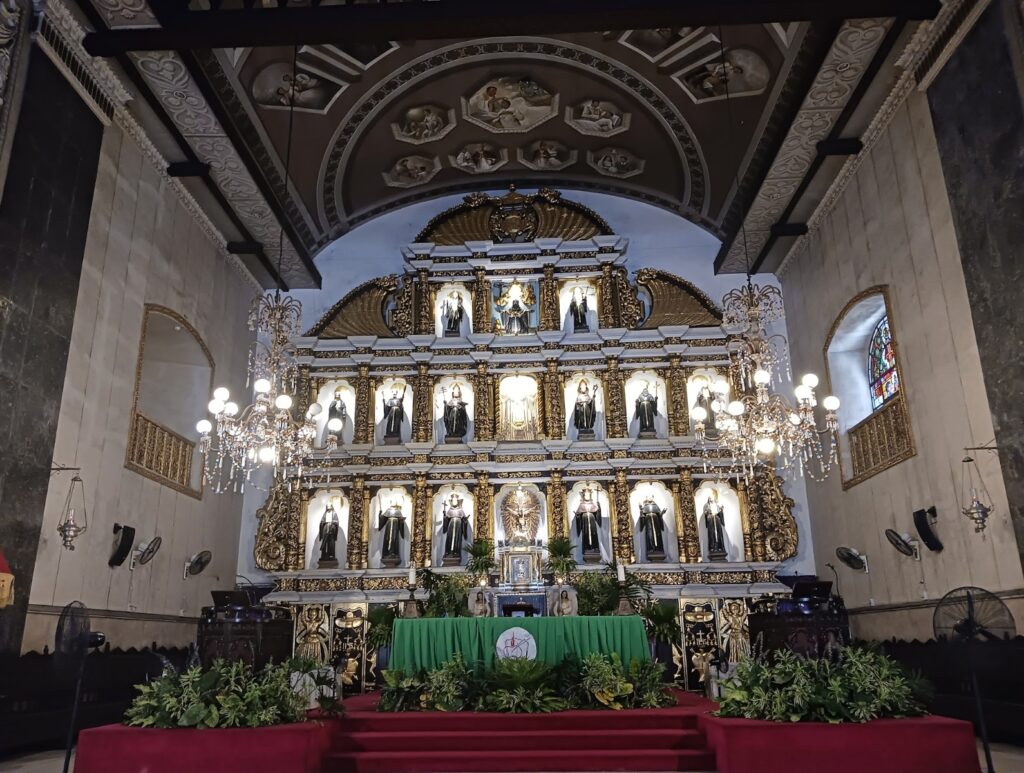


We end the day at Fort San Pedro, which served as a refuge for the Japanese population during World War II. In the hall leading to the ticket booth, there are a few panels that recount the fort’s history. It’s brief, but make sure to read them as they are the only explanations you’ll get. Inside the fort, there are no explanations, and the view of the sea is obstructed by modern buildings. The visit only lasts a few minutes and isn’t very interesting.
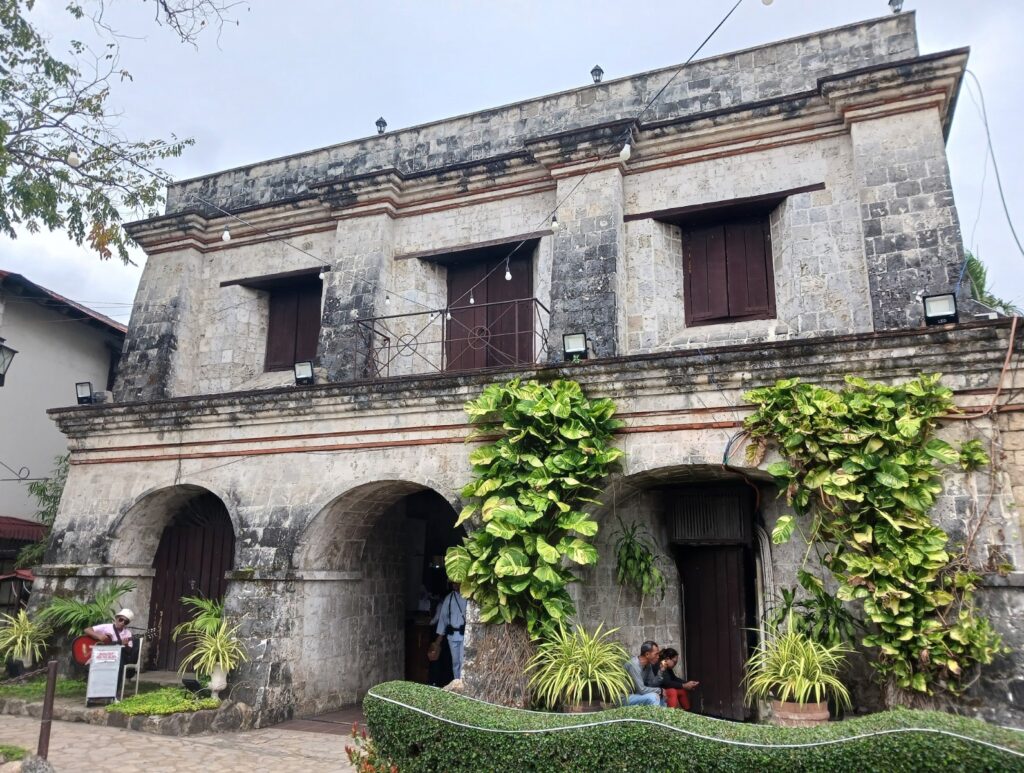
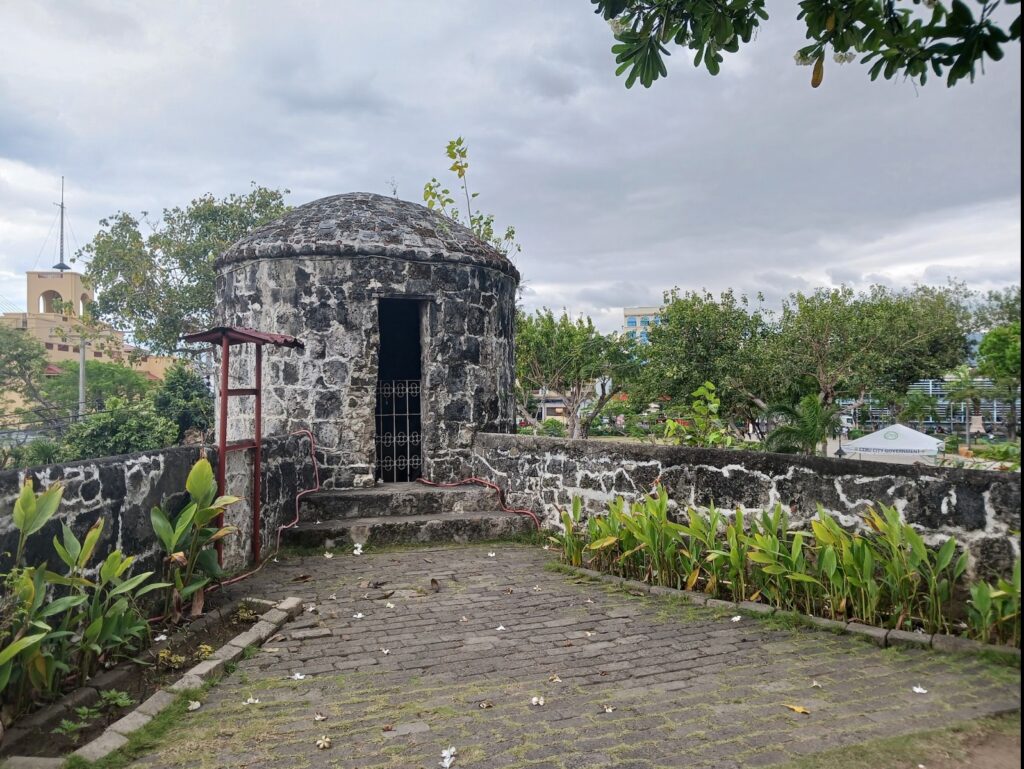
Day 13: We stay at the hotel to rest, update our accounts, work on the blog, and recover from a cold that has been following us since the beginning of our stay in the Philippines. Apparently, our bodies didn’t appreciate the temperature changes and overuse of air conditioning. A break (yes, we took a break from our break) to eat at a Filipino fast-food staple, the Jollibee chain.

Day 14: It’s already the end of our adventure in the Philippines. We leave Cebu in the afternoon for a 2-hour and 30-minute flight to Hong Kong, where we will spend a few days before continuing our journey in China!
Find all our other articles on the Philippines:

